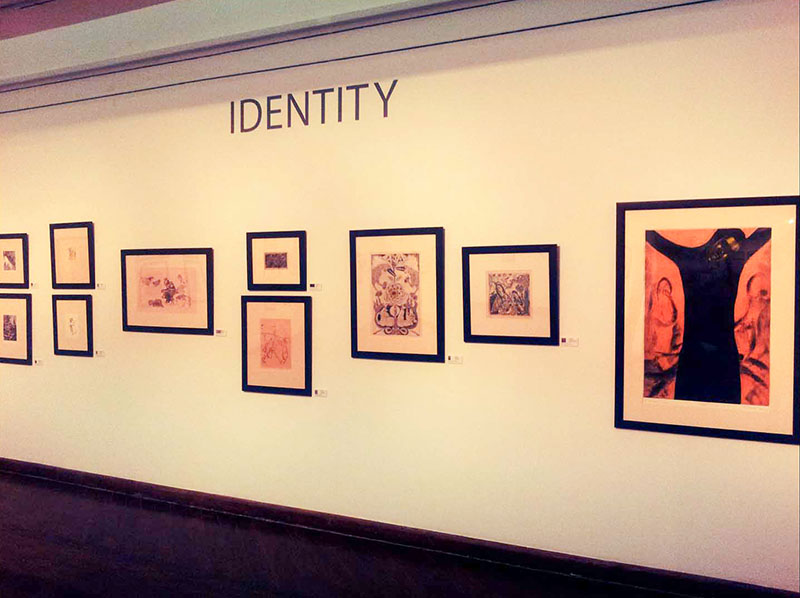In 2007, a series of socio-political events took place following the exhibition by the graduating batch of the Faculty of Fine Arts (FFA), Maharaja Sayajirao University, Vadodara. The events were a result of sectarian and ideological incursions into artistic expression.
The exhibition is an annual end-of-year show that also doubles as a component of the practical examinations for the graduating students. The 2007 show opened to the public on 9 May, and included works by Srilamanthula Chandramohan, who was enrolled in the master’s programme in the Graphic Arts department at the institution. These works caused an uproar among Christian and Hindu factions, who deemed them to be offensive. The ensuing confrontations between members of these groups, students, staff and the police, and the contentions that arose thereafter had far-reaching implications on the art community.
The first objection to Chandramohan’s work was raised by the district superintendent of a Methodist church in Vadodara, Reverend Emmanuel Kant. The work in question was an installation of a wooden Latin cross painted with an image of Jesus Christ, below which was placed a real toilet bowl made to appear brimming with fish. Through this work, the artist sought to conflate the Christian concepts of sacrifice and resurrection with Hindu notions of rebirth. However, the work was viewed as sacrilegious and misrepresentative by the Church.
Protests from the Hindu quarter came in response to a large flex-print of goddess Durga, which showed her giving birth to a demonic man while also impaling him. The agitating group was led by advocate Niraj Jain — then a member of the right-wing organisation Vishva Hindu Parishad and later of the activist group Hindu Jagran Manch — who viewed the image as profane and a slur against the Hindu faith. According to Chandramohan, the work was meant to convey his awe and fear of a powerful deity who is considered by devotees to be both vengeful and merciful. Eyewitness reports and video evidence show Niraj Jain and his supporters, along with police personnel, entering the campus and clashing with students and faculty, demanding removal of the offending works. The then-Acting Dean, Shivaji Panikkar, refused to concede to the demands, allowing the works to continue being displayed and the exhibition to remain open. On 12 May, Panikkar was suspended by the University, which led to students and staff of the FFA going on strike to protest the dismissal. Over the following two weeks, many of them, including Chandramohan, were arrested and later released.
A criminal case was filed against Chandramohan for his participation in the events that followed the exhibition, but no charge has been brought against him and he has not yet been summoned for a court hearing. As a consequence, his degree was held in abeyance, and he was denied his graduation certificate. The FFA also suffered a major setback, as several grants and projects that were in the process of being finalised at the time of the controversy were frozen, and a more rigid system of administration and staff appointment was put into place, making it difficult for professors to gain advancements.
Chandramohan and Panikkar have maintained that the artworks merit a more complex and layered reading than the interpretations made by the religious groups and the university administration. Chandramohan has further stated that he had no intention of causing offence to any religious communities and sought only to illustrate the ways in which the depicted deities had been relevant to his own life as a man and as an artist. Although the artist continues to produce work, his connection to the controversy makes it difficult for him to find willing exhibition venues.







